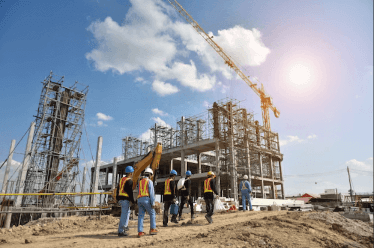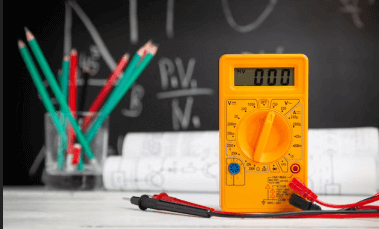Question

a.
Recycle
b.
Regeneration efficiency
c.
Regression
d.
Reuse
Posted under Dairy Engineering
Interact with the Community - Share Your Thoughts
Uncertain About the Answer? Seek Clarification Here.
Understand the Explanation? Include it Here.
Q. “R” in the below equation refers to what?
Similar Questions
Explore Relevant Multiple Choice Questions (MCQs)
Q. Pasteurization aid in which of the following?
View solution
Q. Which of the following is the time-temperature combination for HTST pasteurization?
View solution
Q. Which of the following is the time-temperature combination for LTST pasteurization?
View solution
Q. Which of the following is the time-temperature combination for UHT pasteurization?
View solution
Q. Which of the following is the time-temperature combination for Thermization?
View solution
Q. Which of the following is the time-temperature combination for Sterilization?
View solution
Q. “Heat transferred from the bowl of the spoon to the handle” is an example of which of the following way of heat transfer?
View solution
Q. “The spoon is rinsed in running cold water. Heat gets absorbed by the water and the spoon gets cooler, until the spoon and the water are at the same temperature” is an example of which of the following way of heat transfer?
View solution
Q. “A roof accumulates solar heat during the day and radiates the heat at night” is an example of which of the following way of heat transfer?
View solution
Q. Which of the following is the application of direct heating in the dairy industry?
View solution
Q. Heat exchanger works on which of the following principle?
View solution
Q. If the product flow rate in a plant is to be increased from 10,000 l/h to 20,000 l/h, the heat exchanger must be extended to_______ the original size, provided the flow rates of the service media are also doubled, other factors being constant.
View solution
Q. Calculate temperature change: 20,000 l/h cheese milk (V1) is to be heated from 4°C to 34°C by 30,000 l/h hot water (V2) at 50°C. Density (r) and specific heat (cp) for milk are about 1020 kg/m³ and 3.95 kJ/kg, K and for water 990 (at 50°C) and 4.18.
View solution
Q. The temperature difference between the two liquids is best utilized if they flow in opposite directions through the heat exchanger. This type of flow is called ________
View solution
Q. ______________ tells how much heat passes through 1 m² of the partition per 1°C of differential temperature.
View solution
Q. Which among the following surface promote heat transfer?
View solution
Q. _______ Heat exchanger is needed for cream than for milk, if capacities and temperature programs are identical.
View solution
Q. Which of the following material is used for heat transfer in the dairy industry?
View solution
Q. The rate of buildup of fouling does not depend on which of the following?
View solution
Q. What is the method of using the heat of a hot liquid, such as pasteurized milk, to preheat cold incoming milk?
View solution
Recommended Subjects
Are you eager to expand your knowledge beyond Dairy Engineering? We've handpicked a range of related categories that you might find intriguing.
Click on the categories below to discover a wealth of MCQs and enrich your understanding of various subjects. Happy exploring!








